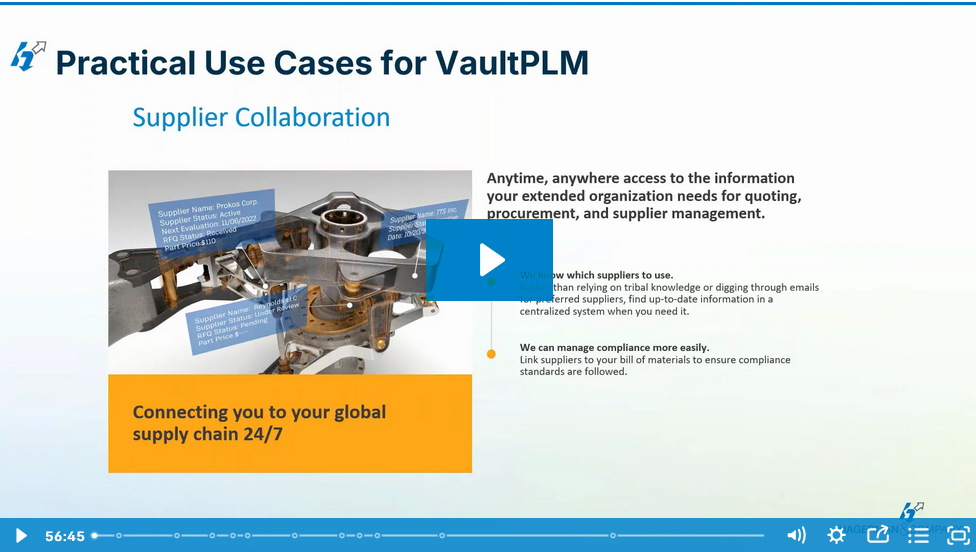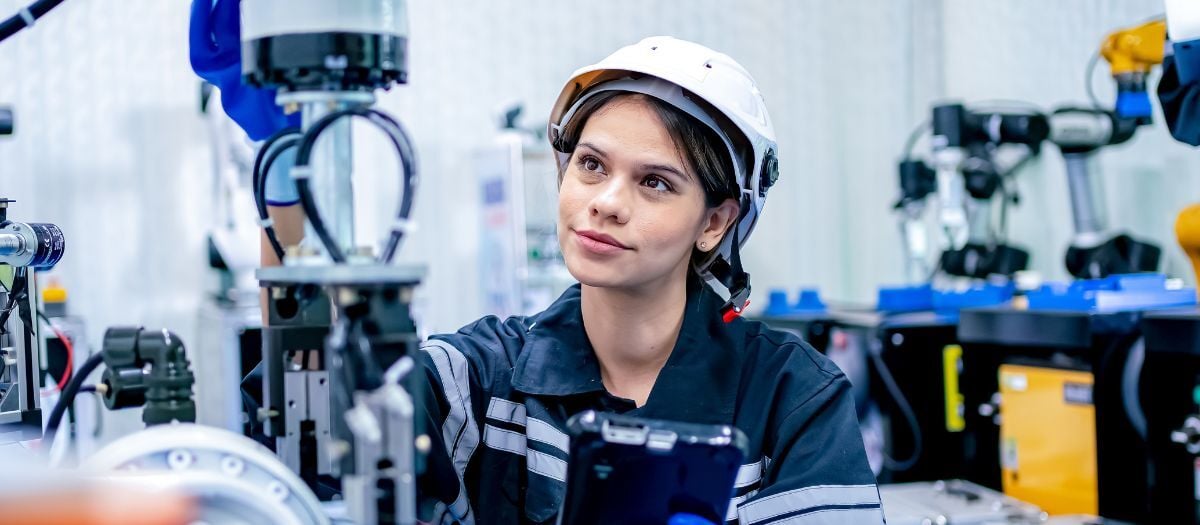“Concurrent Engineering” is a term that has been around for a while and can mean a variety of things. In the context of data management, it typically means the signing of a given drawing or file out for change to multiple projects and possibly multiple parties simultaneously. To those of us who come from a product design and manufacturing background, this sounds like a very strange (and not very smart) thing to do. We are trained to believe that a file should only be checked out to one user at a time or assigned to one ECO at a time.
However, in the world of plant engineering, the signing out of a design file to multiple parties and/or projects simultaneously is necessity. Engineers that need this capability typically work in industries such as utilities, oil and gas, pipelines, chemicals, automotive assembly, steel production, pharmaceuticals, food and beverage, pulp and paper, etc. They might need this capability for the following reasons:
- A large plant will almost always have multiple projects going on at the same time. Some of these projects will be in the design phase, some in the construction phase and some in the as-built updating phase.
- Some of these ongoing projects will be short and done over a few months, and some will be long term and could include a design phase of over a year or more, followed by a construction phase of a year or more. A particular area of the plant or piece of equipment may be part of both a short term and a long term project.
- Some projects may be largely in separate areas of the plant but overlap in others.
The diagram below attempts to show this graphically with the portion of the plant involved and the years that each project may be ongoing noted:

Drawings pertaining to plant and equipment inside the overlapping areas would need to be assigned to multiple projects. Those assignments would need to be tracked and the specific changes from both projects merged into a single new as-built drawing for maintenance to access.
As you can see, the traditional “check in / check out” system that is provided out-of-the-box in most data management products will be insufficient. At Hagerman & Company, we have worked with many companies who have the needs described above and have helped them meet their needs.
If a data management tool (or extension to an existing tool) that can handle concurrent engineering is something that you need, don’t hesitate to let us know. We would love to help!




Comments